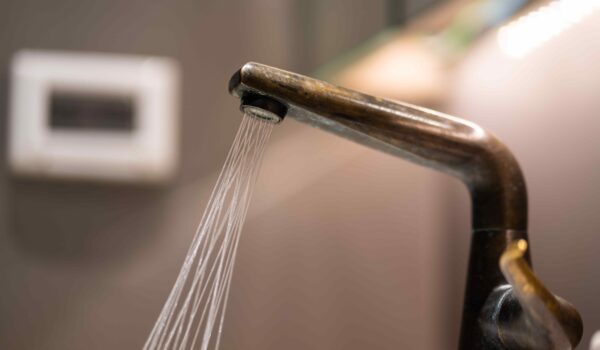While copper is perhaps best known for its uses in plumbing and construction, it also has a range of impressive uses in the medical field as an anti-microbial material. Copper and its alloys can eliminate micro-organisms, such as bacteria or mould, as well as stop them from growing and causing the spread of disease.
The history of copper’s medical magic
First recorded as a medical apparatus in Ancient Egypt between 2600-2200 B.C., antimicrobial copper was used to sterilise wounds and water. Later in 1500 B.C., Egyptian medical recommendations included using the natural material to treat headaches, itches and burn wounds. What’s more, medical treatment in China in 1600 B.C. recommended copper coins to alleviate problems with the heart, stomach and bladder.
Throughout history, copper has continued to be prescribed to treat ailments, including leg ulcers by the Greeks; intestinal, eye problems and headaches by doctors in the Roman Empire; and sore throats by the Aztecs. Modern medicine has since confirmed what humanity has believed for millennia: that copper is effective in protecting against certain bacteria.
Copper vs Covid
Over the last several years, the dangerous COVID-19 virus has been transmitted through contaminated airborne droplets, which are either breathed in or passed on via surfaces.
Studies have substantiated copper’s efficacy in the fight against COVID-19 and shown that the dangerous SARS-CoV-2 virus can only survive on copper surfaces for four hours. In contrast, COVID-19 can live on cardboard for 24 hours, stainless steel for up to 72 hours, and synthetic materials such as plastic for 72 hours. Some types of bacteria can even grow and thrive on plastic surfaces, presenting a new risk to our health.
Through integrating more copper materials into the everyday world, and therefore shortening the lifespan of bacteria on common touch points, the spread of many viruses would be heavily reduced.
Copper in modern medicine
Copper’s anti-microbial properties make it the perfect material to use in the medical field, as it has been proven to kill 99.9% of bacteria on surfaces within two hours of exposure.
Firstly, the ions of the natural material rupture the bacterial cell, then disrupt the cell’s functions and interrupt its metabolic activity, before finally eliminating the cell’s ability to create any more energy, therefore killing the bacteria.
Research has confirmed that copper is the leading material in eradicating bacteria when compared to stainless steel, brass, and plastics. While stainless steel is currently a popular choice of material for medical professionals, it does not possess the antimicrobial properties that copper does, begging the question of why it is preferred.
Increasing copper’s presence in hospitals and medical buildings would greatly reduce the spread of infection. For example, hospital beds with antimicrobial copper frames have been found to have 95% less bacteria than standard beds and other recommended touch points for copper in hospitals are doorknobs and taps.
As well as being used for common touchpoints, copper pipes also play a crucial role in the medical field by transporting essential gases around hospitals and dental surgeries. Naturally antimicrobial, medical copper pipes ensure that the contents remain uncontaminated and safe for patient use.
Learn more about copper’s magical properties below.
One step further
Researchers at the University of Manchester have pushed the boundaries of copper’s properties and qualities to new levels. They have developed a ‘durable and washable’ composite material from copper nanoparticles for healthcare professionals to wear, which retains its anti-microbial properties even after 30 washes.
Providing nurses and doctors with anti-microbial uniforms has the potential to truly innovate the medical field and offer another layer of protection against bacteria to workers and patients alike.
The everyday integration of copper
As well as pushing the bounds on antimicrobial copper’s medical uses, it can and should be integrated into everyday life to reduce infection spread within the general population and alleviate pressure on the healthcare system.
A partnership in Canada have been trialling the installation of antimicrobial copper and its alloys on high-touch points on public transport, such as door handles, poles and handrails, to reduce the spread of infection. So far, they have seen positive results and are now in the second stage of the trial.
Learn more about the innovative uses of copper below.
The market increase of copper
With copper prevailing as one of the most effective anti-microbial materials, and as more and more uses for the material evolve and are discovered, its market is increasing. In 2019, the market was valued at approximately $3.2B, while experts predict that in 2026 it will be valued at close to $6.3B – almost doubling its worth.
People have been making use of copper’s antimicrobial properties for as long as we’ve had the pyramids in Egypt and have continued to do so throughout history. It is high time that modern society learns from our predecessors and works to integrate even more copper into our medical practices, as well as into our daily lives, to improve hygiene standards.
To find out more about copper pipes and their properties, please visit our other news items or subscribe to our newsletter.

